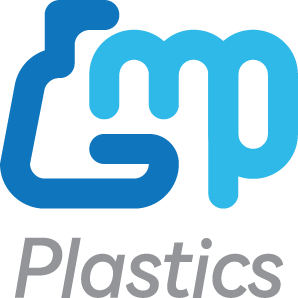USP <788>, titled "Particulate Matter in Injections," is a critical compendial standard within the United States Pharmacopeia–National Formulary (USP–NF). Although primarily designed for parenteral drug products, USP <788> has significant implications for bioprocess containers used in pharmaceutical and biologics manufacturing. These containers are essential for storing and transferring process fluids, and maintaining particulate integrity is paramount to ensuring product quality and patient safety.
Overview of USP <788>
USP <788> establishes the limits, test methods, and procedures to assess particulate matter in injections. This standard sets acceptable limits for particles in a specified size range and defines two primary testing methodologies: light obscuration and microscopic particle counting. The guidelines help ensure that any particulate contamination is below thresholds that could compromise the safety, efficacy, or stability of parenteral products. Particulates in injection fluids may originate from manufacturing processes, packaging materials, or even the container itself, thus necessitating strict control measures.
Particulate Control in Bioprocess Containers
Bioprocess containers play a critical role in the manufacturing of biologics and pharmaceuticals. These containers—ranging from single-use bioreactor bags to media bottles—are in direct contact with cell culture media, buffers, and process intermediates. Any particulate contamination from these containers can have severe downstream consequences. For instance, particulates can affect cell viability, alter process performance, or introduce variability that leads to batch failures. USP <788> provides a framework to evaluate the particulate profile, ensuring that the container materials do not contribute to excessive particulate load during the bioprocessing cycle.
Testing Methods and Their Importance
The two primary methods outlined in USP <788> are:
-
Light Obscuration: This method quantifies the number of particles in a liquid by measuring the amount of light blocked by the particles as the sample flows through a laser beam. It is especially useful for detecting particles in the 2–100 micrometer range. Bioprocess containers must be designed to minimize particulate shedding, and light obscuration testing is a vital quality control measure.
-
Microscopic Particle Counting: This technique involves filtering the sample, followed by microscopic examination of the retained particles. It allows for visual confirmation and classification of particle morphology. For bioprocess containers, this method is essential to identify potential sources of contamination, whether they be from the material itself or from manufacturing residues.
By ensuring that bioprocess containers meet the stringent criteria set by USP <788>, manufacturers can significantly reduce the risk of introducing particulate matter into critical process streams. This control is essential not only for maintaining product quality but also for meeting regulatory requirements and ensuring patient safety.
Implications for Material and Container Design
The application of USP <788> to bioprocess containers drives the selection of high-quality, inert materials that are less prone to particulate generation. Manufacturers invest in rigorous testing during both development and routine quality control to ensure that containers do not shed particles under normal or stressed conditions, such as during autoclaving or prolonged storage.
Moreover, understanding the mechanisms of particulate formation—from material degradation to manufacturing process residues—enables process engineers to design more robust containers. This knowledge leads to improved cleaning protocols, optimized processing parameters, and the integration of materials that are compliant with USP <788> limits.
USP <788> is indispensable in the pharmaceutical landscape for its role in controlling particulate matter in injection fluids. Its relevance extends to bioprocess containers, which are integral to the manufacturing of biologics and other sensitive drug products. By adhering to USP <788> standards, manufacturers can ensure that bioprocess containers maintain low particulate levels, thereby safeguarding product integrity, enhancing process reliability, and meeting regulatory expectations. Ultimately, rigorous particulate control is key to delivering safe and effective pharmaceutical products to patients worldwide.




